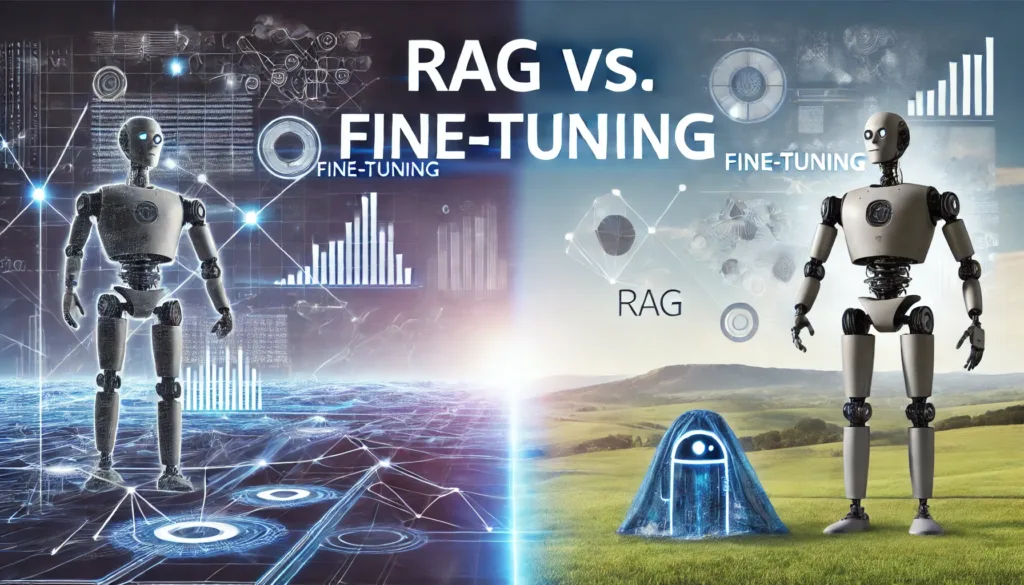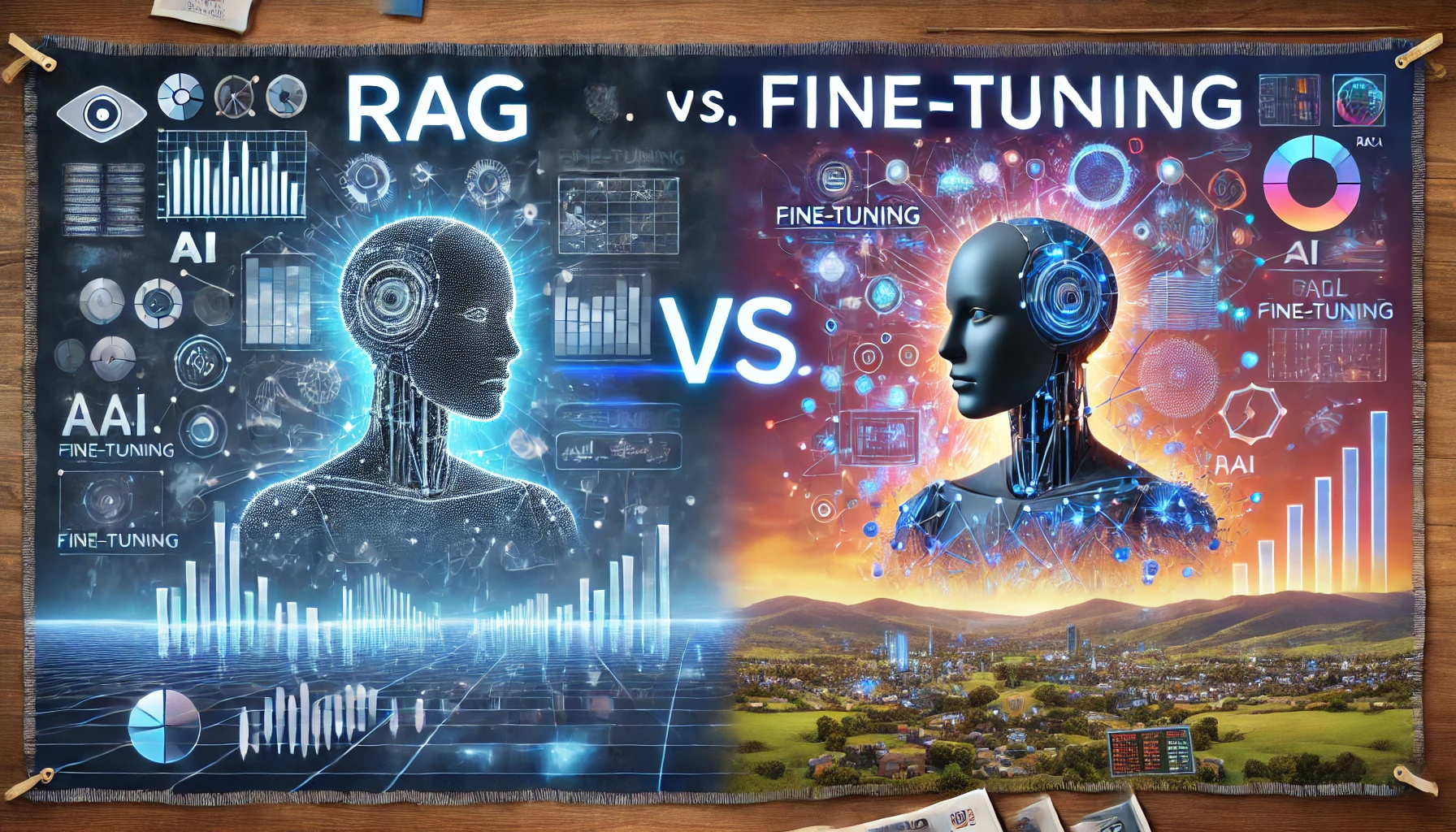When you’re working with AI, specifically large language models, you’ve got two powerful techniques at your disposal to enhance model performance: Retrieval-Augmented Generation (RAG) and fine-tuning. Understanding these methods will help you decide the best approach for your specific applications.
Did you use Google to reach this page? Congratulations, you’ve just seen RAG in action!
Understanding RAG and Fine-Tuning
RAG, or Retrieval-Augmented Generation, integrates external data dynamically into the response generation process. This method pulls in relevant information in real-time from updated databases or documents, enhancing the model’s responses with current data that wasn’t part of its original training set. This makes RAG incredibly useful for applications where up-to-the-minute information is crucial, like in dynamic business environments or when handling complex customer service queries.
Fine-tuning, on the other hand, involves tweaking a pre-trained model’s parameters to specialize it for specific tasks. This could mean training the model on data that is tightly aligned with the nuances of a particular domain or task, such as legal document analysis or customer feedback interpretation. This method allows the model to perform better on specialized content by adjusting to the finer details and context-specific nuances of the data.
Imagine this scenario: you’re deep in conversation and suddenly feel the need to pull up a fact or two from Google to keep up. That’s precisely what Retrieval-Augmented Generation (RAG) accomplishes. It’s like having an AI on your side, adept at retrieving the most relevant and up-to-date information to bolster your argument. RAG isn’t just guessing; it actively seeks out accurate data and incorporates it into its responses effectively.
Essentially, RAG not only generates answers but also enhances them with the latest information available, similar to a highly knowledgeable assistant who never misses a beat.
Thus, the debate between RAG and fine-tuning isn’t about one being better than the other; they’re simply tools designed for different tasks. Each has its place.
And for those curious about how these results appear so fitting, it’s straightforward: they’re pulled into the language model’s prompt in real time. It’s that simple.

Comparing the Two
The primary distinction between RAG and fine-tuning lies in their approach to integrating knowledge and learning. RAG is dynamic, continually incorporating new and relevant external data during the response generation. It’s particularly adept at handling broad queries where external, current knowledge is beneficial.
Fine-tuning, however, is more static but deeply customizable. It optimizes the AI’s responses based on the specific characteristics of the dataset provided during its training phase. This means once fine-tuned; the model becomes highly efficient in specific contexts but would need re-tuning to adapt to new data or trends.
Resource intensity is another differentiator. RAG operates at inference time, requiring substantial computational resources to integrate real-time data retrieval, which could escalate operational costs. Fine-tuning, while computationally intensive upfront, does not significantly add to the operational costs once the model is deployed, making it a potentially more cost-effective option in the long run.
When to Use Which?
Choosing between RAG and fine-tuning hinges on your specific needs:
- Use RAG if your application requires up-to-date information or needs to handle a wide range of topics dynamically. It’s ideal for scenarios where the precision of information retrieval enhances the quality of the response, such as in interactive chatbots or complex data analysis tasks.
- Opt for fine-tuning when you need deep domain specificity and when the tasks involve highly specialized terminology or contexts. This is particularly effective in fields like finance, law, or healthcare, where precision and adherence to specific data structures are critical.
Each method has its merits and choosing the right one depends on the nature of the task at hand and the resources available. In some cases, combining both could offer a comprehensive solution that leverages the strengths of each technique

